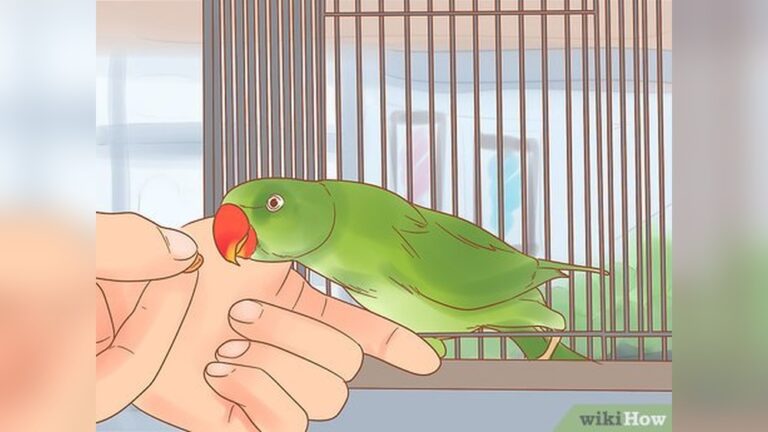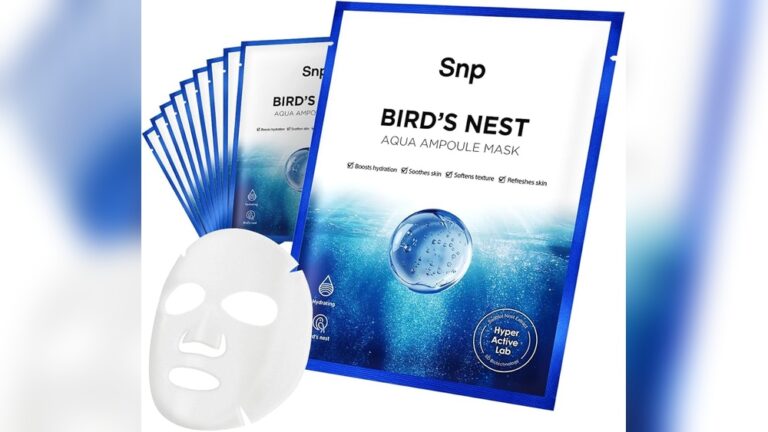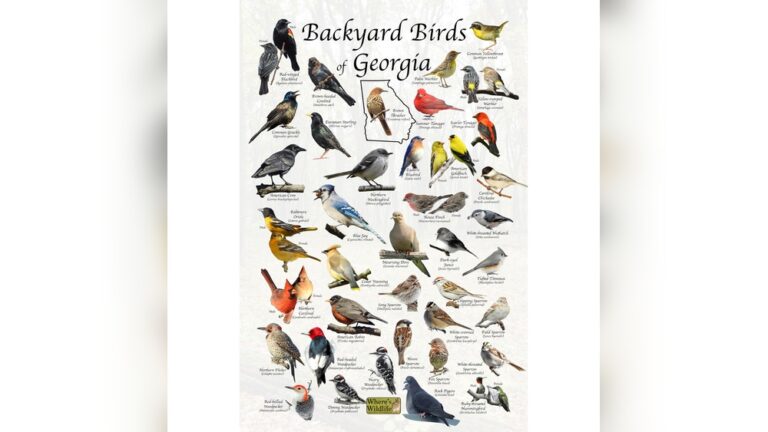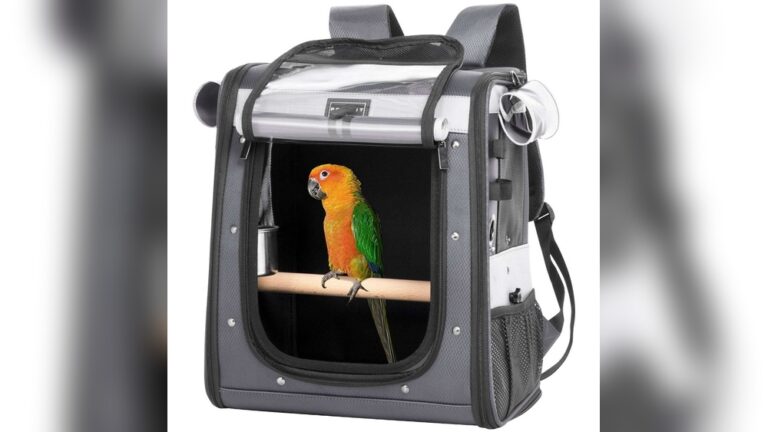Backyard Birds Of The Midwest
Have you ever paused in your backyard and wondered about the colorful birds visiting your trees and feeders? The Midwest is home to a variety of backyard birds that bring life and beauty right to your doorstep.
Knowing which birds you might see can make your outdoor moments more exciting and relaxing. You’ll discover the most common and fascinating backyard birds of the Midwest, along with tips to attract them to your yard. Get ready to turn your backyard into a lively birdwatching haven you’ll love!
Common Midwest Birds
The Midwest is home to many birds. These birds live in backyards, parks, and forests. They bring color and life to the region. Watching them can be fun and relaxing. Here are some common birds you might see.
Songbirds
Songbirds are small birds with bright colors. They sing sweet songs every morning. Cardinals are popular with their red feathers. Blue Jays show off blue and white wings. Chickadees are tiny but very bold. These birds eat seeds and insects. They visit feeders and trees often.
Waterfowl
Waterfowl live near lakes and ponds. Ducks and geese are common in the Midwest. Mallards have shiny green heads. Canada Geese are big with long necks. They swim, fly, and sometimes walk on land. Waterfowl eat plants and small fish. They are easy to spot near water.
Birds Of Prey
Birds of prey hunt other animals for food. Hawks and owls belong to this group. Red-tailed Hawks have sharp eyes and strong wings. Great Horned Owls hunt at night silently. These birds keep the environment balanced. They eat rodents, rabbits, and smaller birds. Watching them shows nature’s strength and skill.

Credit: www.amazon.com
Bird Habitats In The Midwest
The Midwest offers a variety of habitats for backyard birds. These environments provide food, shelter, and nesting spots. Each habitat supports different bird species. Understanding these habitats helps in attracting more birds to your yard.
Woodlands
Woodlands cover large parts of the Midwest. Tall trees and dense shrubs create perfect homes for many birds. Woodpeckers, warblers, and owls thrive here. Birds find insects and seeds among the leaves and bark. Nesting sites are plentiful in tree cavities and branches.
Wetlands
Wetlands include marshes, swamps, and ponds. These areas attract water-loving birds like herons and ducks. Wetlands provide rich food sources such as fish and insects. Many birds use reeds and grasses to build nests. Wetlands are vital for bird migration and breeding.
Grasslands
Grasslands are open areas with tall grasses and wildflowers. Sparrows, meadowlarks, and hawks often live in these spaces. Ground nests are common here, hidden among the grass. Birds feed on seeds, insects, and small rodents. Grasslands offer wide, open views for spotting predators.
Attracting Birds To Your Yard
Attracting birds to your yard brings nature closer to home. Birds add life, color, and sound to outdoor spaces. Creating a bird-friendly yard helps local wildlife and offers hours of joy. Simple steps make your yard a safe place for birds to visit and stay.
Choosing The Right Feeders
Select feeders that suit the types of birds in your area. Tube feeders attract small songbirds like finches and chickadees. Platform feeders welcome larger birds such as cardinals and jays. Keep feeders clean to prevent disease. Place feeders near shrubs or trees for bird safety.
Native Plants For Birds
Plant native trees, shrubs, and flowers to provide natural food and shelter. Native plants attract insects that birds eat. They also offer seeds and berries for bird diets. Choose plants that bloom at different times for year-round food. Dense shrubs offer great nesting spots and protection.
Providing Water Sources
Birds need fresh water for drinking and bathing. A birdbath works well if cleaned regularly. Small ponds or shallow dishes also attract birds. Place water sources in safe, quiet spots. Moving water, like a dripper or fountain, draws more birds.
Seasonal Bird Behavior
Backyard birds in the Midwest show clear changes with each season. Their behavior shifts to match the weather and food availability. Watching these changes helps us understand their lives better.
Birds move, breed, and survive through distinct seasonal patterns. Each season brings unique challenges and opportunities for them.
Migration Patterns
Many Midwest birds migrate south as cold weather arrives. They travel to warmer places with more food. In spring, they return to breed and raise young. Migration helps birds avoid harsh winters and find better resources.
Breeding Season
Breeding occurs in spring and early summer. Birds build nests and lay eggs during this time. Males often sing to attract mates. Parents work hard to feed and protect their chicks. This season is crucial for bird population growth.
Winter Survival
Winter is tough for Midwest birds. Food becomes scarce, and temperatures drop. Birds fluff feathers to stay warm. They eat seeds, berries, and any available insects. Some species stay active, while others lower their energy use to survive cold months.
Bird Watching Tips
Bird watching is a fun way to enjoy nature in the Midwest. It helps you learn about local birds and their habits. With some simple tips, you can have better bird watching experiences. These tips help you see more birds and understand them better.
Start by knowing the best times to watch birds. Use binoculars to see details from far away. Keep a record of your sightings to remember each bird. These small steps make bird watching more enjoyable and rewarding.
Best Times To Watch
Early morning is the best time to watch birds. Birds are active and searching for food. Late afternoon is also good before they rest for the night. Avoid midday when birds are less active and hidden.
Using Binoculars
Binoculars help you see birds clearly from a distance. Choose ones with 8x or 10x magnification for good views. Hold them steady and focus slowly on the bird. Practice helps you find birds faster and enjoy their colors.
Recording Sightings
Write down the birds you see and where you saw them. Note the date and time for each sighting. Use a notebook or a bird watching app for easy tracking. This record helps you spot patterns and learn about bird habits.

Credit: melbryarts.com
Protecting Backyard Birds
Backyard birds in the Midwest face many dangers. Protecting these birds helps keep nature alive near your home. Small actions can make a big difference for their safety and health. Creating a safe space attracts more birds and supports their survival.
Avoiding Pesticides
Pesticides harm birds by poisoning their food and water. Avoid using chemicals on plants and lawns. Choose natural pest control methods instead. This keeps the insects birds eat safe and plentiful. Clean water sources free from chemicals help birds stay healthy.
Creating Safe Nesting Areas
Birds need quiet, safe spots to build nests. Provide nesting boxes or leave natural trees and bushes untouched. Keep these areas free from disturbances like loud noises or pets. Plant native shrubs for shelter and food. Safe nesting sites increase the chances of raising healthy chicks.
Dealing With Predators
Predators like cats and raccoons threaten backyard birds. Keep cats indoors or supervise them outside. Use predator guards on birdhouses to block entry. Remove hiding spots for predators near nesting areas. Protecting birds from predators helps them thrive in your yard.
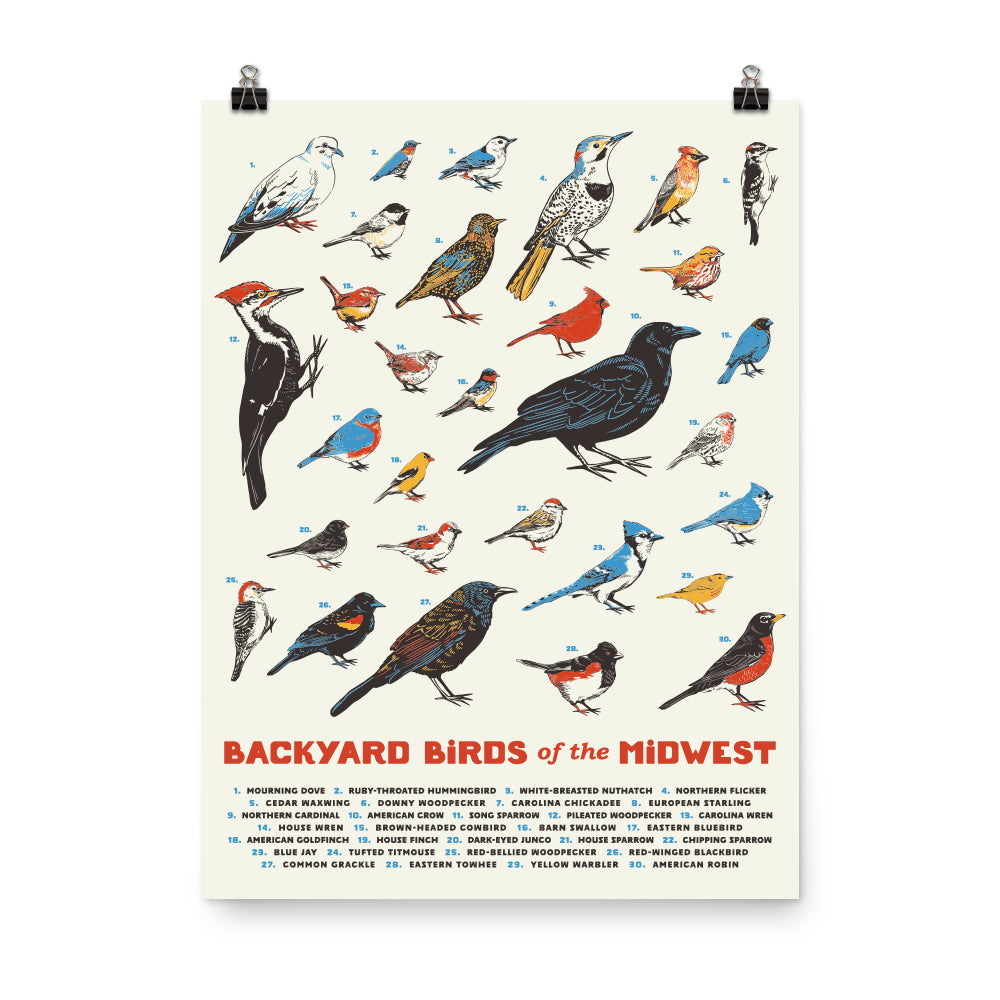
Credit: unitedstateofindiana.com
How Smart Pets Lover Can Help You with Backyard Birds Of The Midwest
Exploring Backyard Birds of the Midwest: Learning Through Observation
Connecting with backyard birds offers more than just a moment of peace—it opens doors to practical learning about nature and responsibility. By observing seasonal bird behavior, you can notice how different species adapt throughout the year, deepening your understanding of their habitats and needs. This hands-on experience naturally complements knowledge about common Midwest birds and the best ways to attract them safely to your yard.
For families and pet parents, creating a bird-friendly environment encourages curiosity and empathy, reinforcing the values of protecting backyard birds. Simple steps like maintaining native plants or providing clean water sources become opportunities to teach respect for wildlife. At Smart Pets Lover, we believe every chirp tells a story worth hearing, and learning alongside these feathered friends can inspire a lifelong appreciation for the natural world.
If you ever want to share your observations or seek advice, reaching out to local birding groups or nature centers can be incredibly rewarding. These connections enrich your backyard birdwatching journey and help foster a community of mindful animal lovers.
Frequently Asked Questions
What Are The Most Common Backyard Birds In The Midwest?
The most common backyard birds in the Midwest include Northern Cardinals, American Robins, Blue Jays, and Black-capped Chickadees. These birds thrive in suburban areas and are easily spotted at feeders and gardens throughout the year.
How Can I Attract Midwest Backyard Birds Year-round?
To attract Midwest backyard birds year-round, provide fresh water, native plants, and varied bird feeders. Offer seeds like sunflower and millet, and maintain shelter with trees or shrubs for nesting and protection from predators.
When Is The Best Time To Observe Backyard Birds In The Midwest?
Early morning and late afternoon are the best times to observe backyard birds in the Midwest. Birds are most active during these cooler hours when they feed, sing, and interact, providing excellent viewing opportunities.
Which Bird Feeders Work Best For Midwest Backyard Birds?
Tube feeders, hopper feeders, and platform feeders work best for Midwest backyard birds. Use sunflower seeds, nyjer, and suet to attract a variety of species like finches, woodpeckers, and chickadees effectively.
Conclusion
Midwest backyards offer a great place to see many bird species. These birds bring life and color to outdoor spaces. Feeding and watching them creates calm and joy. Small changes in your yard can invite more birds daily. Enjoy the simple beauty of nature right at home.
Keep learning about birds to protect their habitats well. Every bird you spot adds to your backyard’s charm. Watching birds connects you to the natural world nearby.

